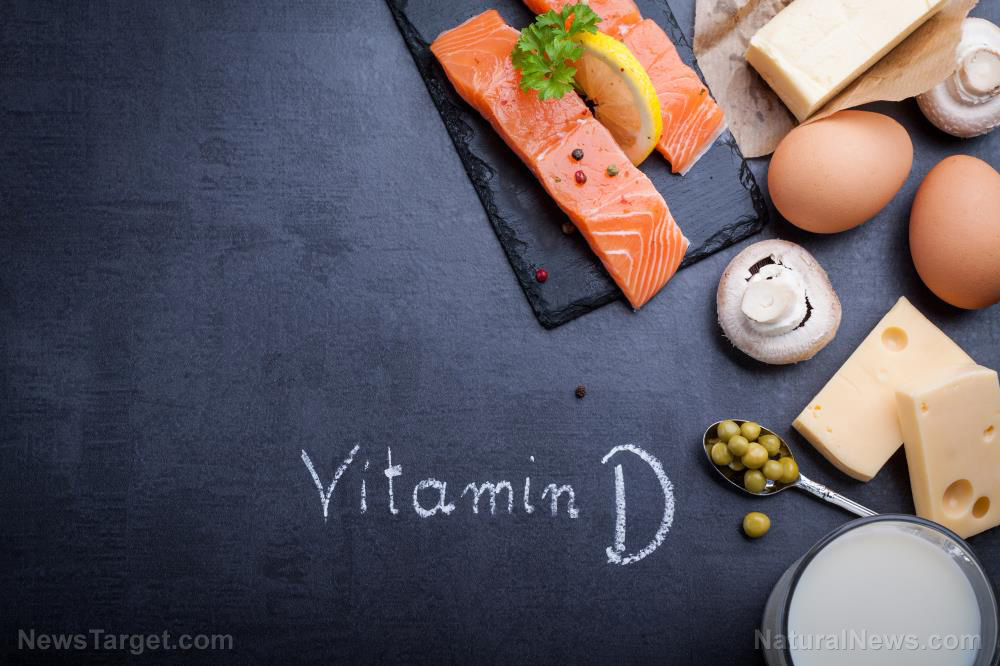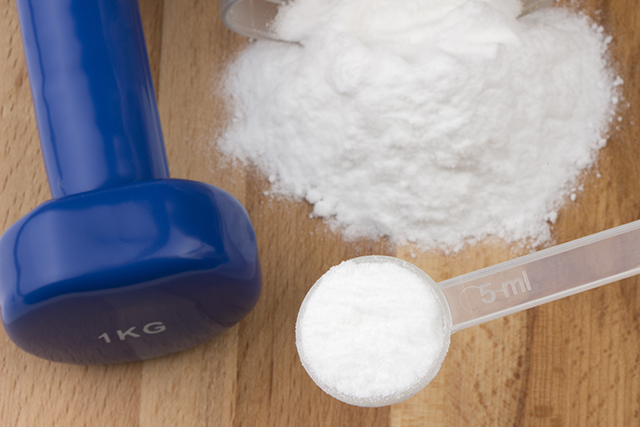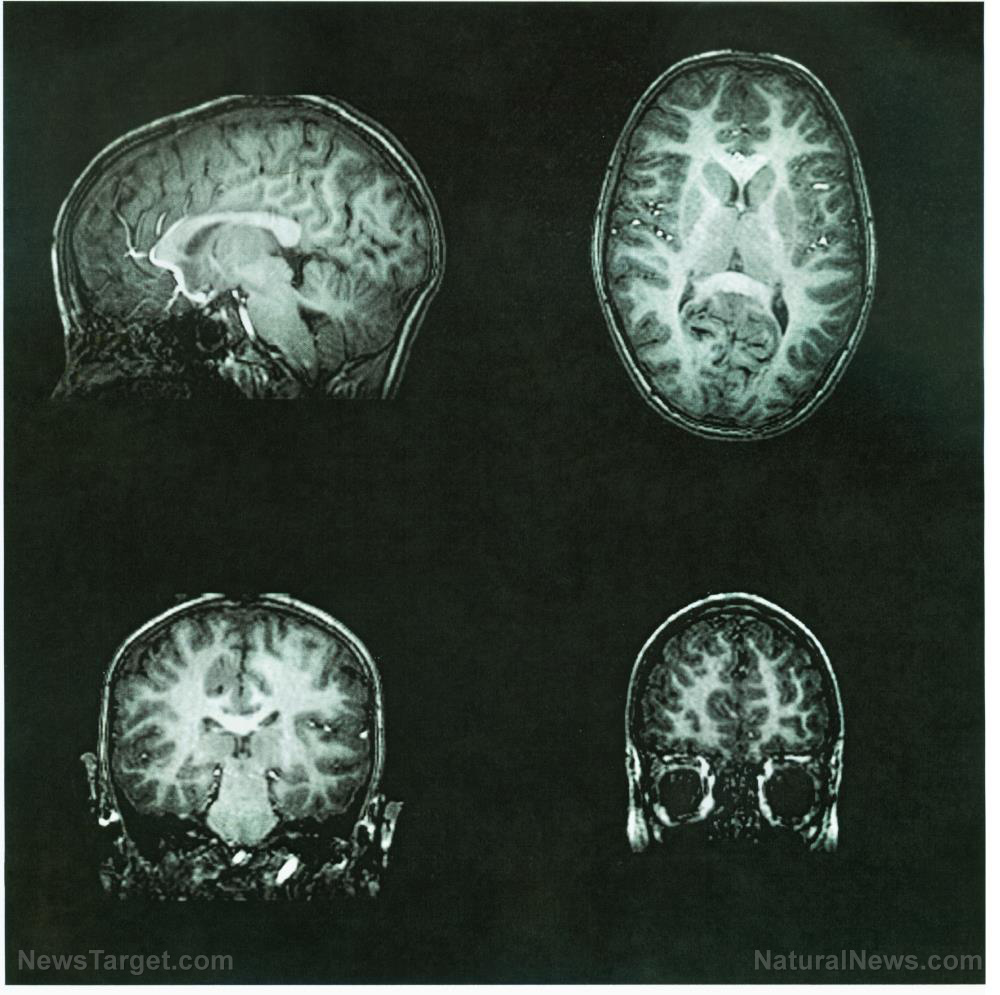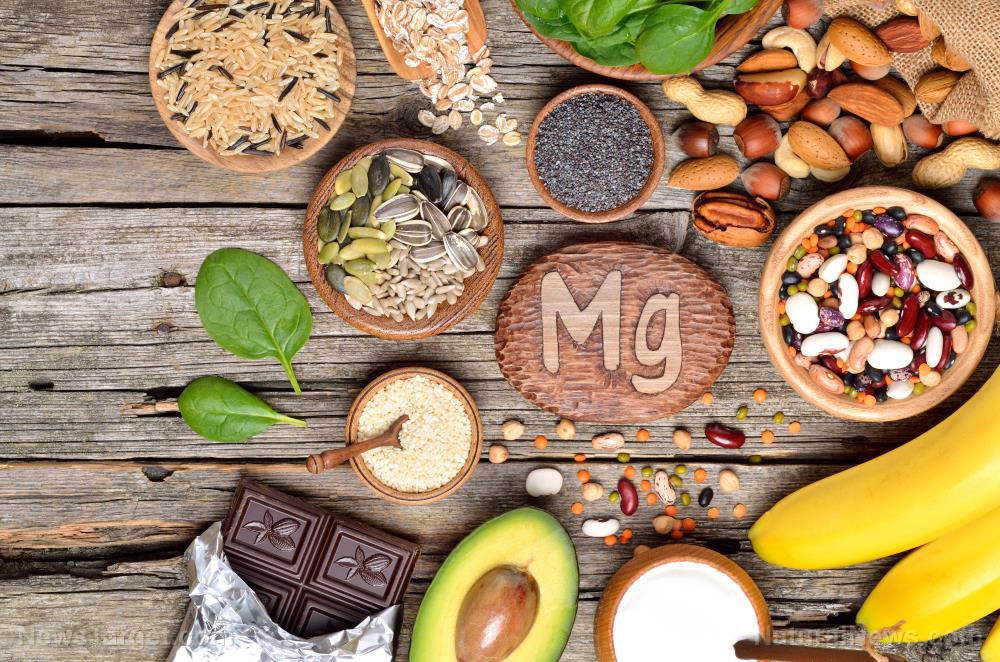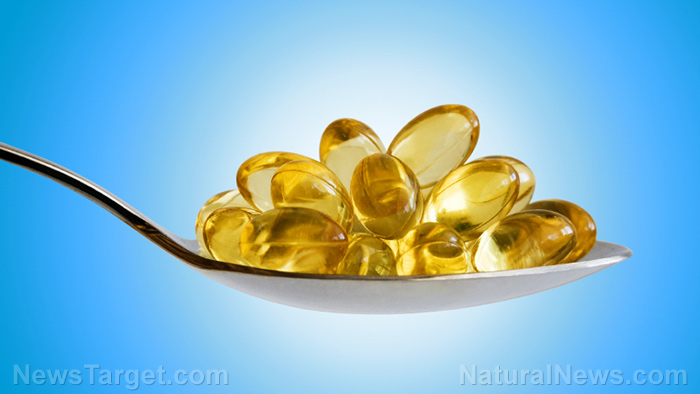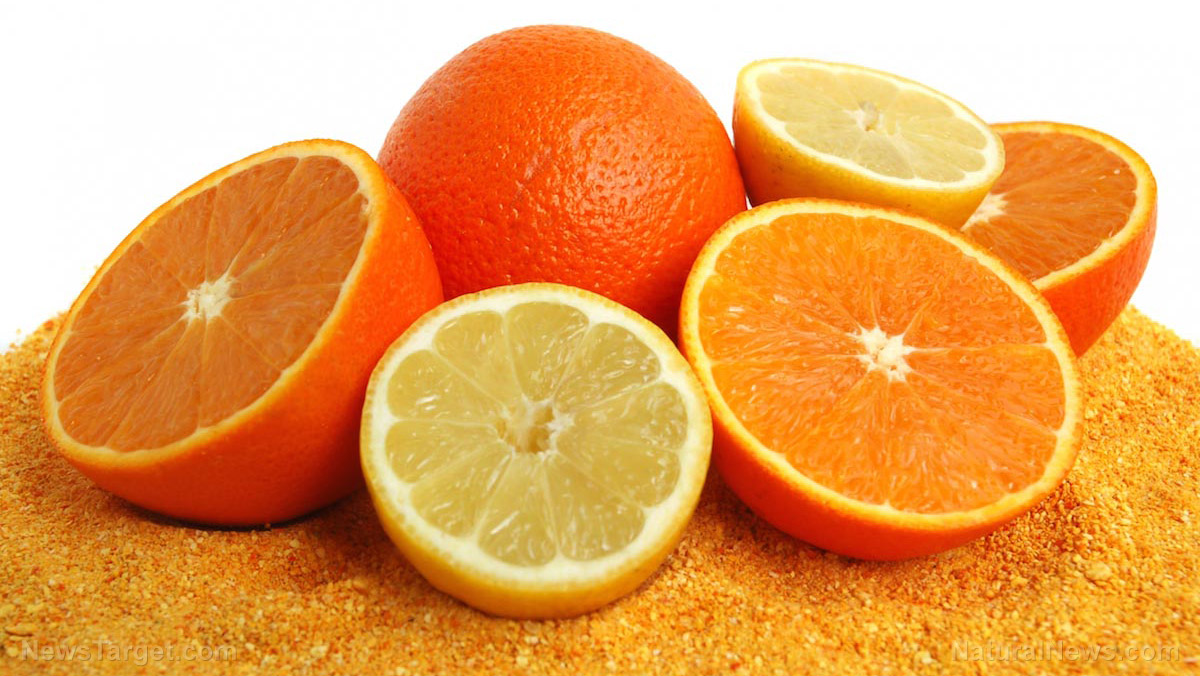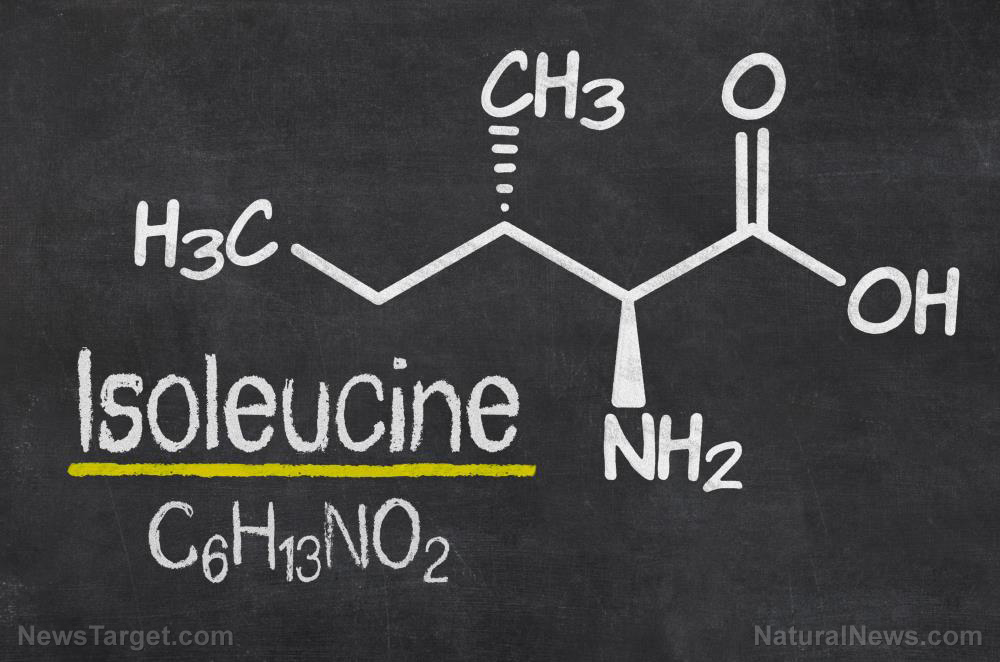Types of Vitamin B
11/22/2016 / By supplementsreport

B vitamins are a group of water-soluble vitamins that have some general similarities, but are each unique with critical functions in the body.
Article by Catherine Shaffer
Originally grouped together historically as a single ‘Vitamin B,’ the B vitamins were eventually sorted into 8 chemically distinct entities. They are all cofactors for enzymatic reactions, providing important catalytic functionality to drive metabolic processes to completion, and, as vitamins, are essential to life and must be consumed in food sources since they can’t be synthesized in the human body.
Vitamin B1
Vitamin B1 (thiamin) functions as a coenzyme in the synthesis of sugars and amino acids. It was discovered in the 1890s by Christiaan Eijkman, a Dutch military physician. He was trying to find the microbe responsible for beriberi, an illness characterized by numbness in the limbs, difficulty breathing, and ultimately death. He observed that the illness seemed to be linked to the consumption of white rice, and discovered that its symptoms could be reversed by adding back the rice polishings – the bran removed during the milling of rice. Those polishings contained Vitamin B1, also known as thiamine.
Vitamin B2
Vitamin B2 (riboflavin) is a precursor of two enzymatic cofactors required by a family of enzymes called flavoproteins.
Riboflavin was the second vitamin discovered. It was first noticed as a yellow-green fluorescent pigment in milk that seemed to be essential for growth in young rats.
That pigment was eventually characterized and named riboflavin in the early 1930s.
Vitamin B3
Vitamin B3 (niacin) is a precursor of nicotinamide adenine dinucleotide (NAD) and nicotinamide adenine dinucleotide phosphate (NADP), two important cofactors in oxidative phosphorylation, the energy transfer reaction in cells.
Niacin was identified when its deficientcy led to the disease pellagra in 1915. Austrian-American physician Joseph Goldeberger learned, through experimentation on prisoners in a Mississippi jail, that the missing factor was present in meat and milk, but absent in corn.
The chemical structure of niacin was discovered in 1937 by Conrad Arnold Elvehjem.
Vitamin B5
Physician R.J. Williams discovered vitamin B5 (pantothenic acid) in 1933 while he was researching essential nutrients for yeast. Pantothenic acid is found in meat, vegetables, grains, eggs, and many other foods.
Vitamin B5 is a precursor of coenzyme A, with its function in the metabolism of carbohydrates, proteins, and lipids.
Vitamin B6
Vitamin B6 exists in several chemical forms – pyridoxine is the form most commonly found in Vitamin B supplements. Pyridoxal 5’-phosphate is the active form of the vitamin, which functions as a coenzyme in the metabolism of amino acids, glucose, and lipids.
It is available in many food sources but the best sources include pork, beef, pistachios, bananas, and potatoes.
Vitamin B7
Vitamin B7 (biotin) is a cofactor for many enzymatic reactions central to metabolism and is a regulator of gene expression.
Symptoms such as hair loss, dermatitis and neurologic dysfunctions result from biotin deficiency. The excessive consumption of raw egg whites, which contain a compound that binds biotin, can contribute to the aforementioned symptoms.
Food sources of biotin include egg yolk, organ meats, grains, and some vegetables.
Vitamin B9
Vitamin B9 is also known as folic acid. In its metabolically active form, folate, vitamin B9 mediates the transfer of carbon units in the metabolism of nucleic acids and amino acids.
It is crucial in the synthesis of DNA and the metabolism of DNA through methylation.
A lack of folic acid has been linked to neural tube defects in newborn infants, including spina bifida. Thus folic acid supplementation has been recommended for all women preparing to become pregnant.
Vitamin B12
Vitamin B12, or cobalamin, is required in the metabolism of a number of biomolecules, including many carbohydrates, proteins and lipids.
It is a cofactor for methionine synthase, which converts homocysteine to the amino acid, methionine. Methionine is required for methylation of DNA, RNA, and proteins.
A lack of vitamin B12 can cause stomach inflammation which can lead to pernicious anemia, a B12 malabsorption syndrome.
Most healthy adults easily get adequate vitamin B12 from food sources, but in elderly people and people with impaired intestinal absorption, vitamin B12 deficiency can occur.
Reviewed by Afsaneh Khetrapal, BSc (Hons)
Sources
- The Nobel Prize and the Discovery of Vitamins, http://www.nobelprize.org/nobel_prizes/themes/medicine/carpenter/
- The Discovery and Characterization of Riboflavin, http://www.ncbi.nlm.nih.gov/pubmed/23183293
- Niacin History, http://www.news-medical.net/health/Niacin-History.aspx
- The Discovery of Niacin, Biotin, and Pantothenic Acid, http://www.ncbi.nlm.nih.gov/pubmed/23183297
- Biotin, http://lpi.oregonstate.edu/mic/vitamins/biotin
- Linus Pauling Institute Micronutrient Information Center, http://lpi.oregonstate.edu/mic/vitamins/folate
Read more at: news-medical.net
Tagged Under: Vitamin B


